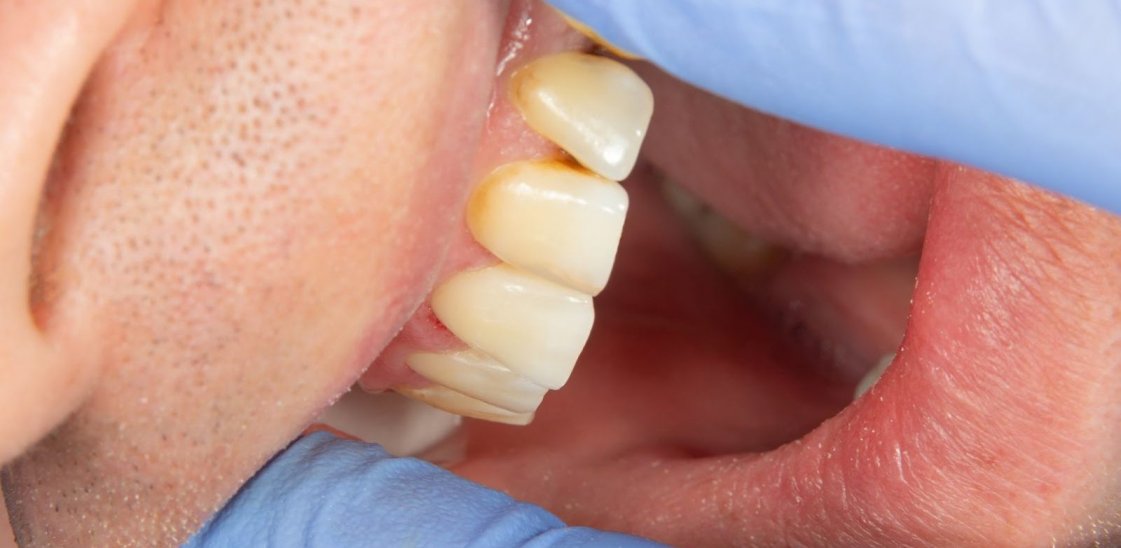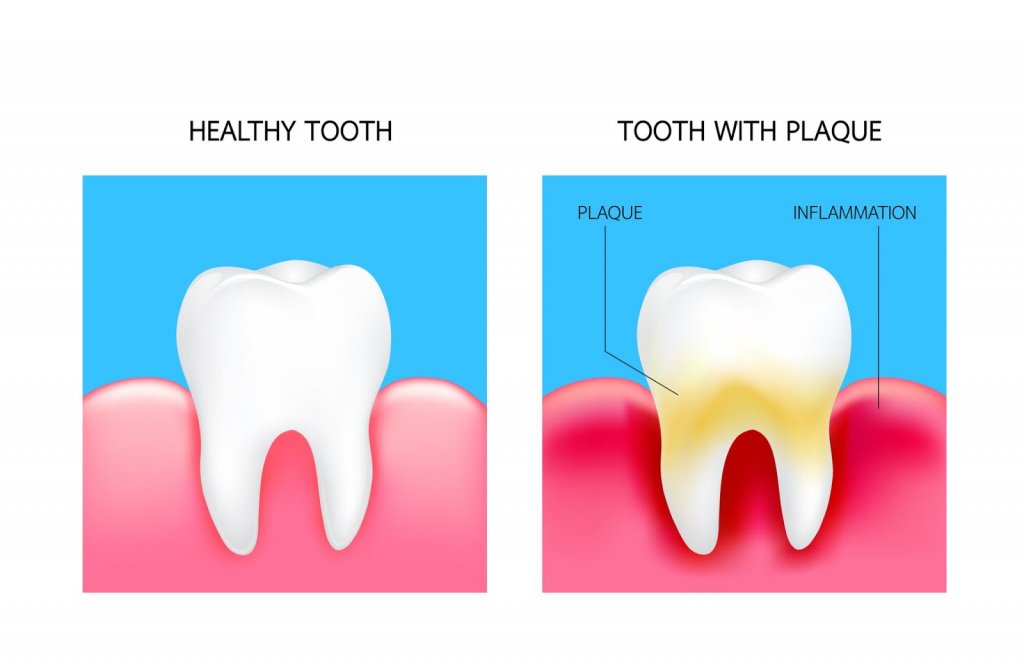
What is plaque and what does it look like?
We’re all reminded of how important it is to brush our teeth, from when our parents nag us as children to when our dentists remind us as adults. But one of the main reasons why it’s such an important task is it removes plaque. You’ve probably heard of this substance that appears on your teeth, but what exactly is it and what does it look like? Read on to find out more.
What is plaque made of?
Plaque is made from bacteria that builds up in our mouths. Our bodies contain millions of bacteria, some good and some bad. Our mouths, in particular, can be a haven for these microorganisms, which usually enter through the food we eat and the drinks that we consume. The bacteria in our mouths can be good as it helps to break down food particles, but if we don’t brush our teeth, this bacteria can also form plaque on the surface of our teeth.
Plaque is also known as a biofilm, because the living organisms are surrounded by a gluey substance that helps the bacteria to stick to your teeth. Have you ever woken up in the morning and found your teeth feel a bit fuzzy or sticky? That’ll be caused by the bacteria that has grown on your teeth in the night.
When you brush or floss your teeth, you’re removing this bacteria that has built up and this is why it’s so important to brush your teeth twice a day as a minimum. When these microorganisms aren’t removed, the plaque can eventually turn into tartar, which is a harder substance and much trickier to remove.[1]
What does plaque look like?
Plaque can vary in appearance from person to person, but it’s usually a yellow coating on the teeth. More often than not, it builds up around the edges of the teeth near to the gums, rather than covering the whole tooth, as shown in the image to the right.[1]
 Sometimes, it can be much paler in colour than in the photo above and some people may find that their plaque is colourless altogether. When this is the case, it’s important that you brush your teeth twice a day and floss in between each one with DenTek’s Cross Flosser. This means that you know all the plaque has gone and can’t cause any further damage.
Sometimes, it can be much paler in colour than in the photo above and some people may find that their plaque is colourless altogether. When this is the case, it’s important that you brush your teeth twice a day and floss in between each one with DenTek’s Cross Flosser. This means that you know all the plaque has gone and can’t cause any further damage.
It’s important to note that it can get worse when you eat certain foods, including very sugary or starchy foods.[1]
Does plaque smell?
There are many causes of bad breath, ranging from gum disease and smoking to tonsillitis and bad oral hygiene. But could your bad breath be caused by plaque?
Well, plaque doesn’t really have a specific smell and bad breath that is caused by poor oral hygiene is more likely to be caused by the bits of food that are stuck in your teeth than by the plaque itself. Generally, people who don’t floss or brush their teeth often enough will have a bad taste or a sourness in their mouth.
When you clean your teeth every day, floss properly and use mouthwash to get in all those nooks and crannies, you should find that your breath improves, as will the plaque buildup.[2]
Resources:
[1] https://www.gosh.nhs.uk/conditions-and-treatments/general-medical-conditions/tooth-plaque/ (resource no longer available)




